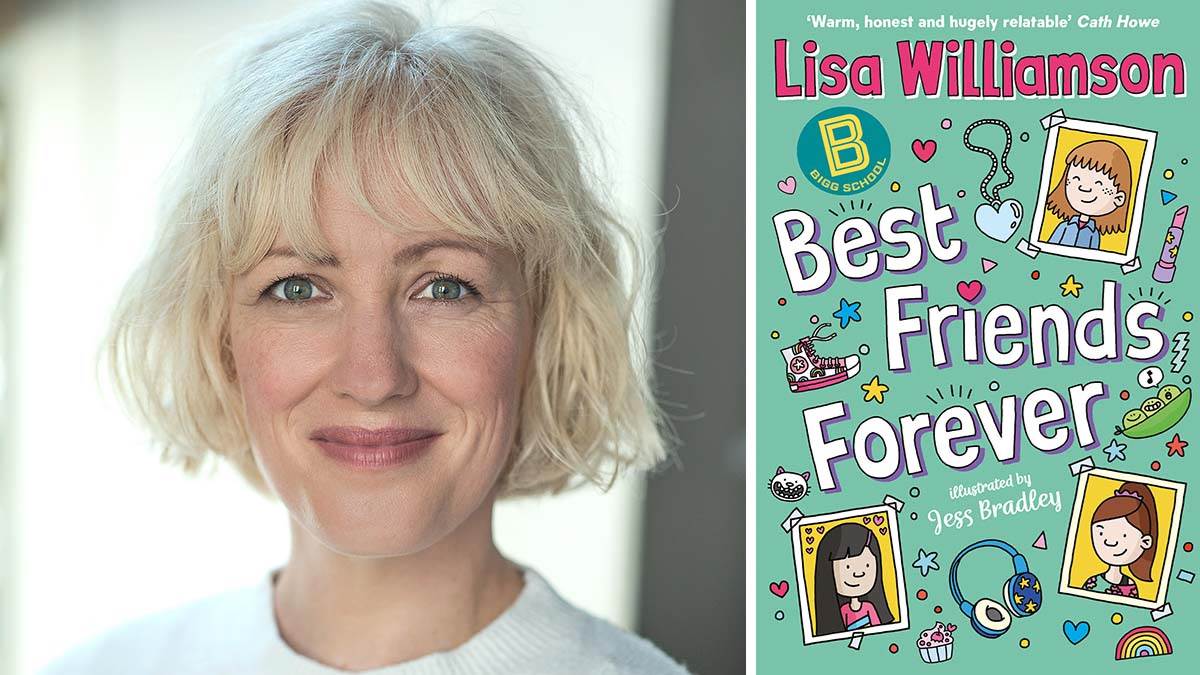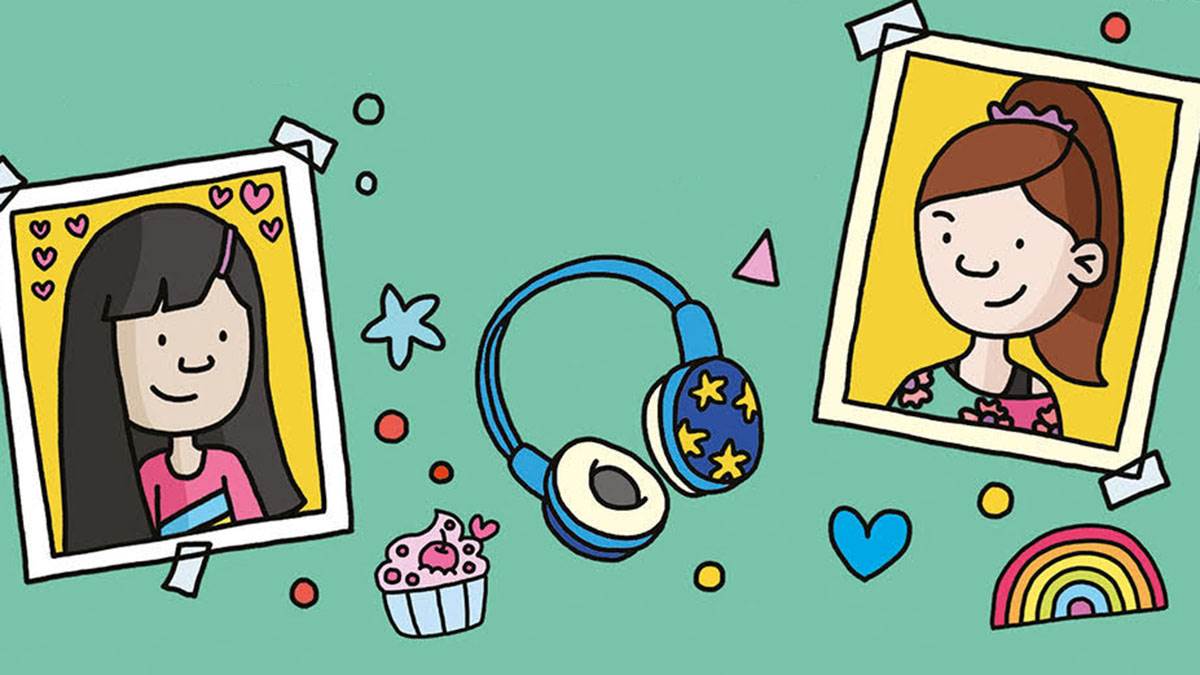How books can help new Year 7 students
Published on: 04 October 2023
Best Friends Forever author Lisa Williamson shares why books that explore the emotions around moving to secondary school can be so beneficial for students.

Photo: Remy Hunter
It may be 32 years since I started secondary school, but I can still recall my first few terms in Year 7 (back then known simply as 'first year') with startling clarity.
From getting lost en route to lessons (why do all the corridors look the same?), to being separated from my entire friendship group, it was an emotional time. I'd gone from a school with 250 students to one with six times that. Not to mention the fact that at 4'8'' I was significantly smaller than the vast majority of the student population – a small fish in a big pond.
Although I eventually found my feet (at some point in Year 9), those unsettling first few months have always stayed with me and are a big part of the reason I set about writing Best Friends Forever.
I've always loved books about school life (from Malory Towers to The Worst Witch), but back in the early 1990s I was yet to read any books featuring a school setting that I might recognise (i.e. a suburban state comprehensive). With no literary blueprint to guide the way, I most definitely struggled as I desperately tried to work out where I fitted into this scary new world.
How books can help
Supporting children through this tricky time takes time and patience. While some settle into their new environment with apparent ease, others need a bit more help to adjust.
Books about characters moving into Year 7 can help children process complicated feelings about friendship changes and feeling lost in a much larger school.
Best Friends Forever's narrator Lola is put into a different class from her best friend from primary school – a fate that befalls many students. Evie adjusts more quickly than Lola, and Lola battles anger, frustration and jealousy. It's an extra-curricular creative writing club that is the key to Lola's journey.

Pic: Jess Bradley
Spoiler alert: there is no happy ending for Lola and Evie, at least not the one Lola spends most of the book hoping for. This was a very conscious decision on my part. The loss of a friendship is tough no matter what your age, and I would be doing a disservice to my young readers if I shied away from portraying just how painful and difficult it can be to navigate these changes, especially at an already emotionally heightened time.
Equally, I was keen to explore and highlight the many exciting new possibilities that can arise as a result. It is my hope that Lola's story (and the subsequent titles in the Bigg School series) will provide comfort and solace to children navigating those tricky first few months of Year 7, as well as being a valuable insight to Year 5 and 6 students keen to prepare themselves for the next step in their school careers.
Above all, we should strive to reassure children that they are not alone, and that if the few weeks or months of Year 7 are a little bit rocky, it's not only perfectly natural, but a valuable learning experience.
In the words of Lola's dad: '...not all change is bad... Sometimes change is fun and exciting. And sometimes it takes a bit longer to get used to, but that doesn't mean it's always going to feel painful; I promise you.'





